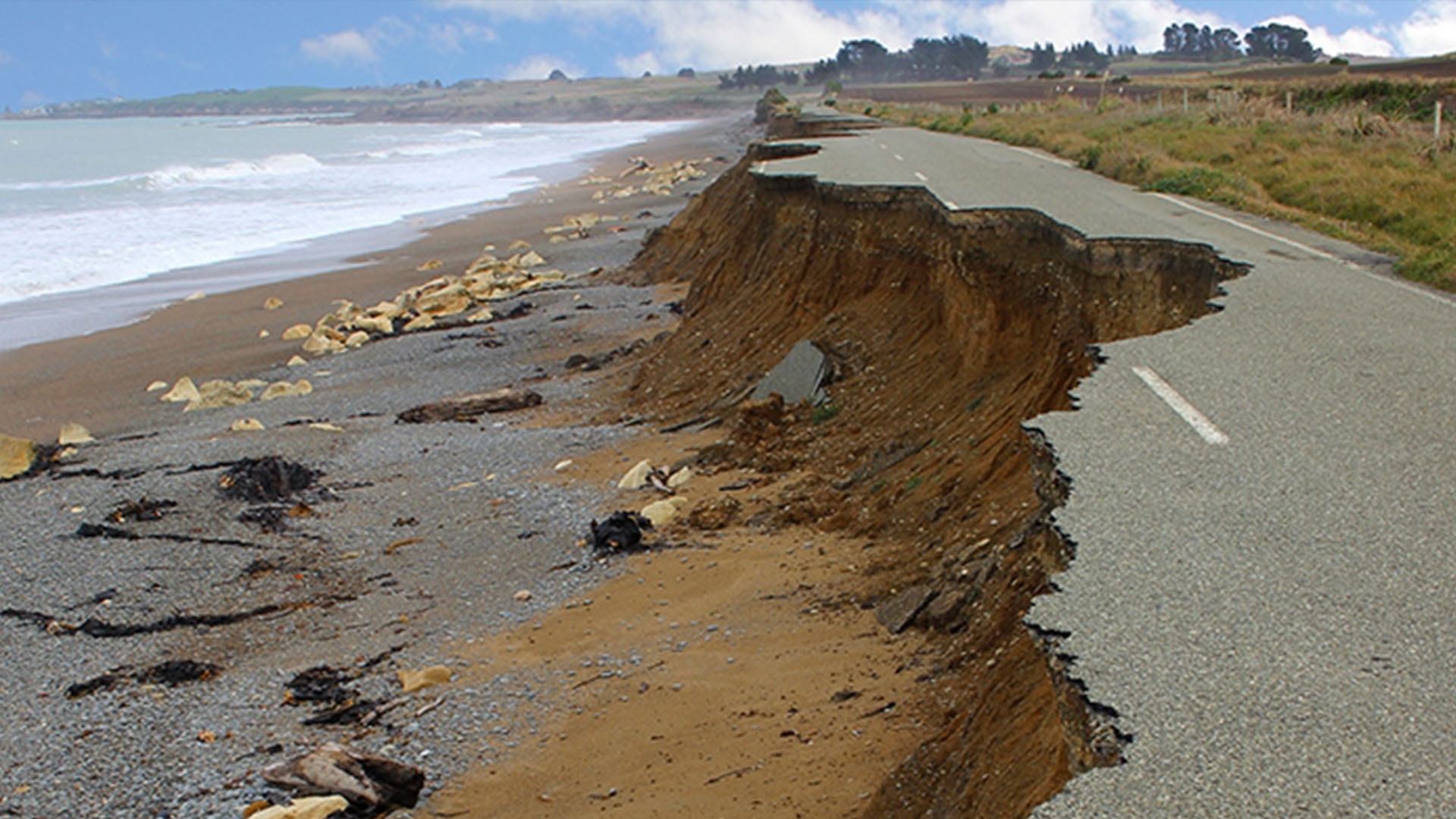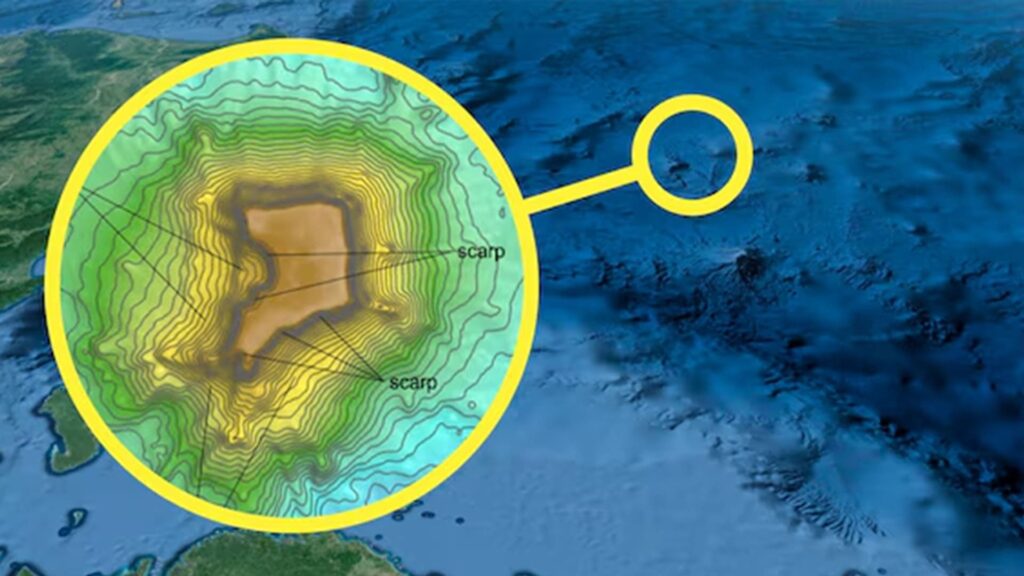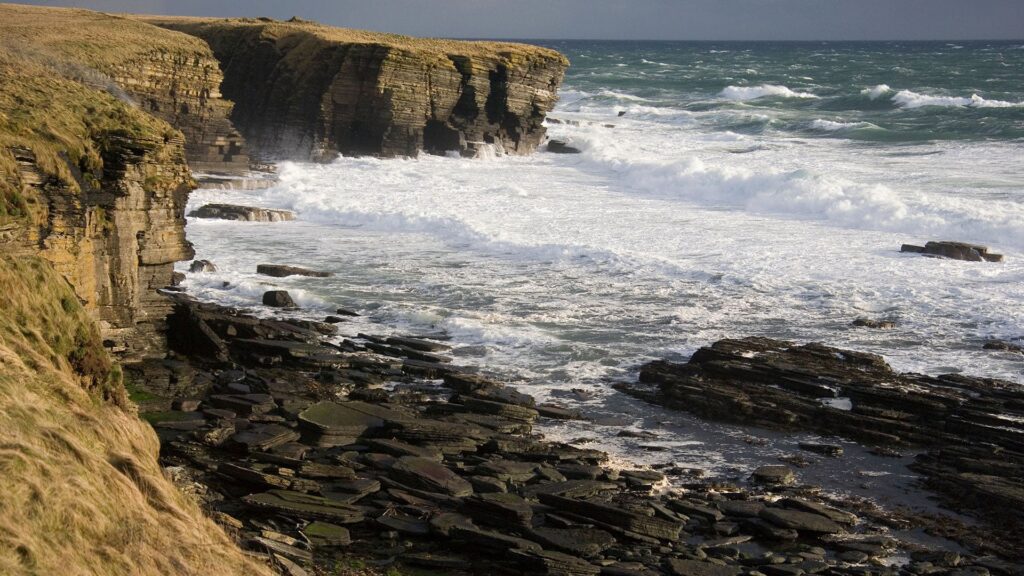Coastal erosion is a natural process in which coastlines are eroded by the action of wind, waves and currents. This erosion can have a significant impact on the environment, the economy and the infrastructure of coastal regions. In this blog post, we explain what coastal erosion is, what causes it, what consequences it has and how it can be combated.

What is coastal erosion?
Coastal erosion refers to the process by which coastlines are eroded by the continuous action of natural forces such as wind, waves and currents. This causes land masses to gradually disappear and coastlines to retreat. Coastal erosion can occur in both rocky coastal areas and sandy beaches and is an important part of the dynamic coastal system (Geology) (National Geographic Society).
Causes of coastal erosion
Natural causes
- Waves and currentsThe constant movement of water against the coast leads to abrasion and erosion of the coastal material.
- Wind: Strong winds can blow sand and other loose materials away from the coast.
- TidesThe interaction of high and low tide can gradually change the coastline.
- StormsExtreme weather events such as hurricanes and storms can cause significant erosion damage by throwing large amounts of water and debris against the coastline (Encyclopedia Britannica) (National Geographic Society).
Human causes
- Building projectsCoastal development, including harbors, dikes and tourism infrastructure, can disrupt natural processes and increase erosion.
- Sand and gravel extractionRemoval of sand and gravel for construction projects can affect the stability of the coastline.
- Coastal protection measuresSome protective measures, such as the construction of sea walls, can increase erosion in other places (National Geographic Society) (Encyclopedia Britannica).

Effects of coastal erosion
Environment
- Loss of habitatsErosion can destroy valuable habitats for plants and animals.
- Change in ecosystemsChanges in the coastline can influence the composition and function of ecosystems.
Economy
- Damage to the infrastructureBuildings, roads and other infrastructure near the coast are at risk.
- Loss of landErosion can destroy agricultural land and properties, resulting in economic losses.
- TourismErosion can affect beaches and tourist attractions, which can lead to a decline in tourism (National Geographic Society) (Encyclopedia Britannica).
Protective measures against coastal erosion
Tough coastal protection measures
- Sea walls and dikesThese structures are built to protect the coast from the forces of the sea.
- BreakwaterConstructions that run parallel to the coast and reduce the energy of the waves.
Soft coastal protection measures
- Sand flushingAdding sand to eroded beaches to stabilize the coastline.
- Planting of dune vegetationPlanting native plants on dunes can help to increase the stability of the coastline.
- Coastal protection areasEstablishing protected areas can help to preserve natural processes and reduce erosion (National Geographic Society) (Volcanoes.sdus).
Conclusion
Coastal erosion is a complex process with far-reaching effects on the environment, economy and infrastructure. By understanding the causes and effects and implementing appropriate protective measures, we can help to preserve our coastlines and minimize the negative consequences of erosion. Protecting our coastlines is not only important for the communities affected, but also for the preservation of the global environment and biodiversity.

